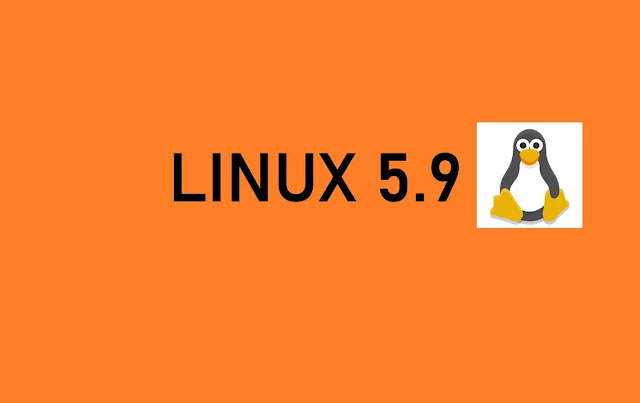Two weeks after the release of kernel version 5.8 the Linux 5.9 merge window is officially closed. A few hours ago Linus Torvalds launched the first release candidate (RC1). The development cycle will last a couple of months and there is no shortage of news in the pipeline even if it will be a fairly normal release, considering that part of the development coincides with the summer vacation period.
The merge window was much quieter than the one in Linux 5.8, all the statistics suggest that it will be a fairly normal release.
these are the words of Torvalds.
Linux 5.9 - RC1
This RC1 consists of 60% driver updates, which translates into better hardware support, while the remaining 40% is a mix of updates regarding filesystems, architectures, core networking, and documentation.
The numerous updates for AMD GPUs stand out. The Linux 5.9 kernel will bring further performance improvements and support for next-generation features.
Gaming & Wine
As for Wine and gaming, a patch will be available, made necessary by the new games published for Windows. In this RFC, Gabriel Krisman Bertazi, consultant at Valve, explains the reasons why kernel integration is required. Modern Windows applications, in fact, execute the instructions for system calls directly from the application code, without going through WinAPI. This creates problems for Wine, as it does not have the ability to intercept and emulate these syscalls before they are sent to Linux. It is therefore necessary to have a sort of filter that allows to intercept the syscall, thus avoiding Wine to think about it directly, causing enormous performance problems. The proposed solution focuses on the SECCOMP module of the kernel, allowing the isolation of system calls based on memory areas.
News from Canonical
Andrea Righi, Linux Kernel Engineer at Canonical, published instead some patches with the aim of improving performance in the system hibernation/resume phase. The speech becomes particularly interesting on the server-side, and in fact, these patches have been thinking precisely in the cloud computing field. During the system hibernation phase, the entire contents of RAM are copied to the swap device. Because of the I/O involved in freeing up system memory, and writing the hibernation image to disk, a bottleneck is created. The idea behind these improvements is to recover memory in advance of the actual hibernation phase (for example, when the system is idle). This would reduce the size of the image, and significantly speed up the time. Tests conducted so far have shown that, with a default configuration,
RC1 - Download
If you want to test this RC first you can download it from kernel.org. This is, of course, a release for early adopters and beta testers. It should not be installed on the PC you use daily. In the meantime, the first point release of Linux 5.8 has also been released and is arriving in the repo of the main GNU/Linux distributions










0 Comments